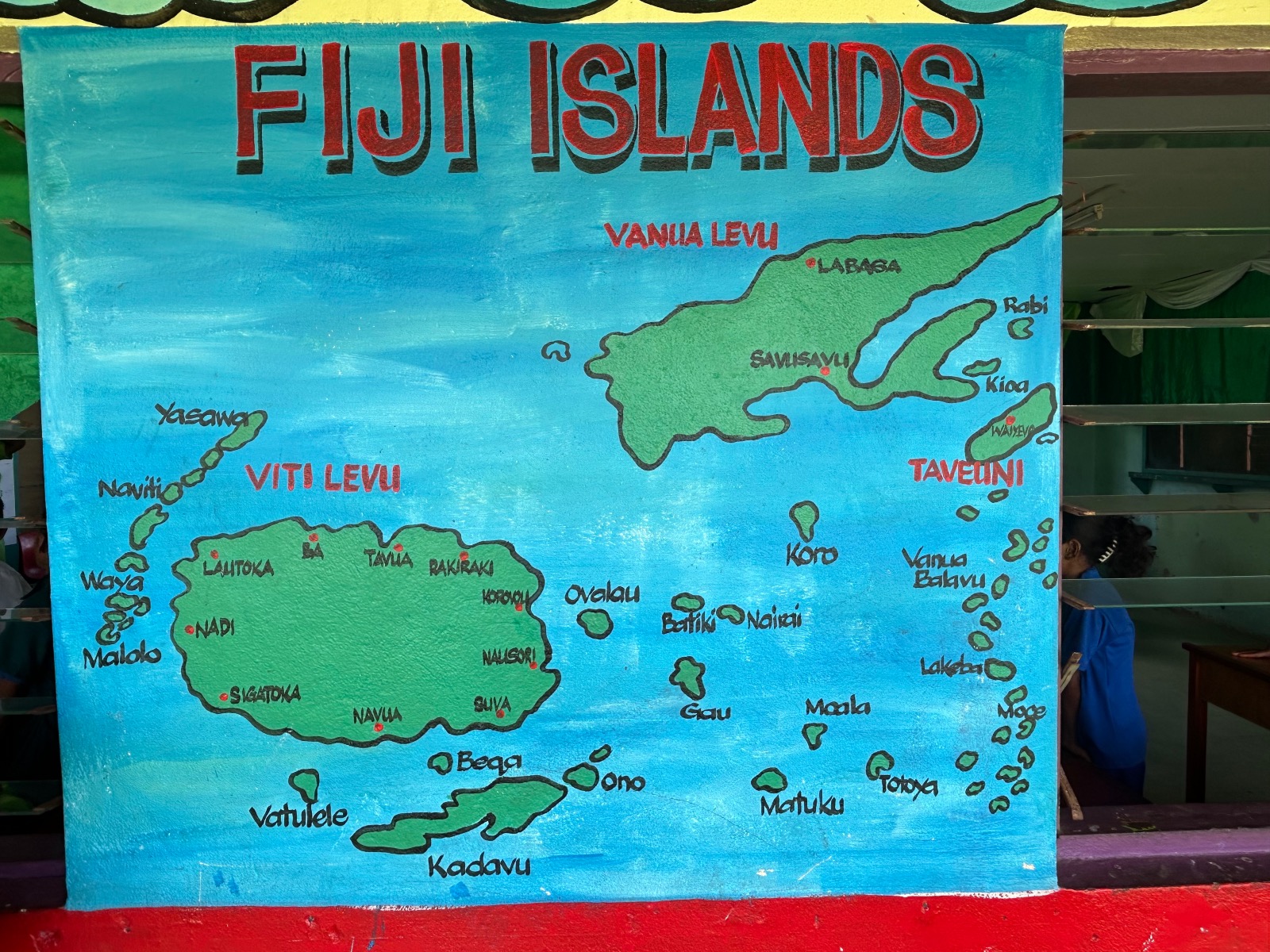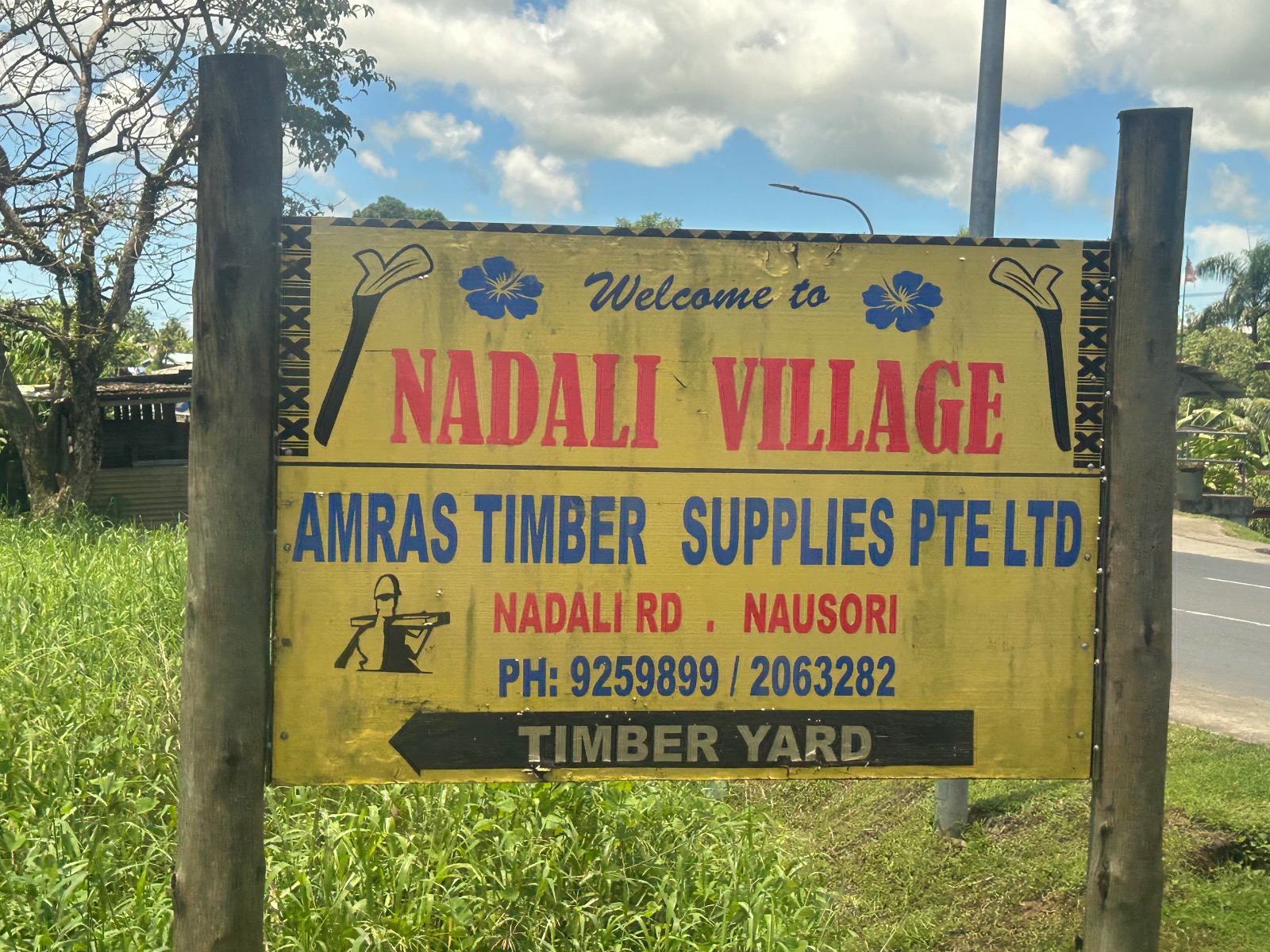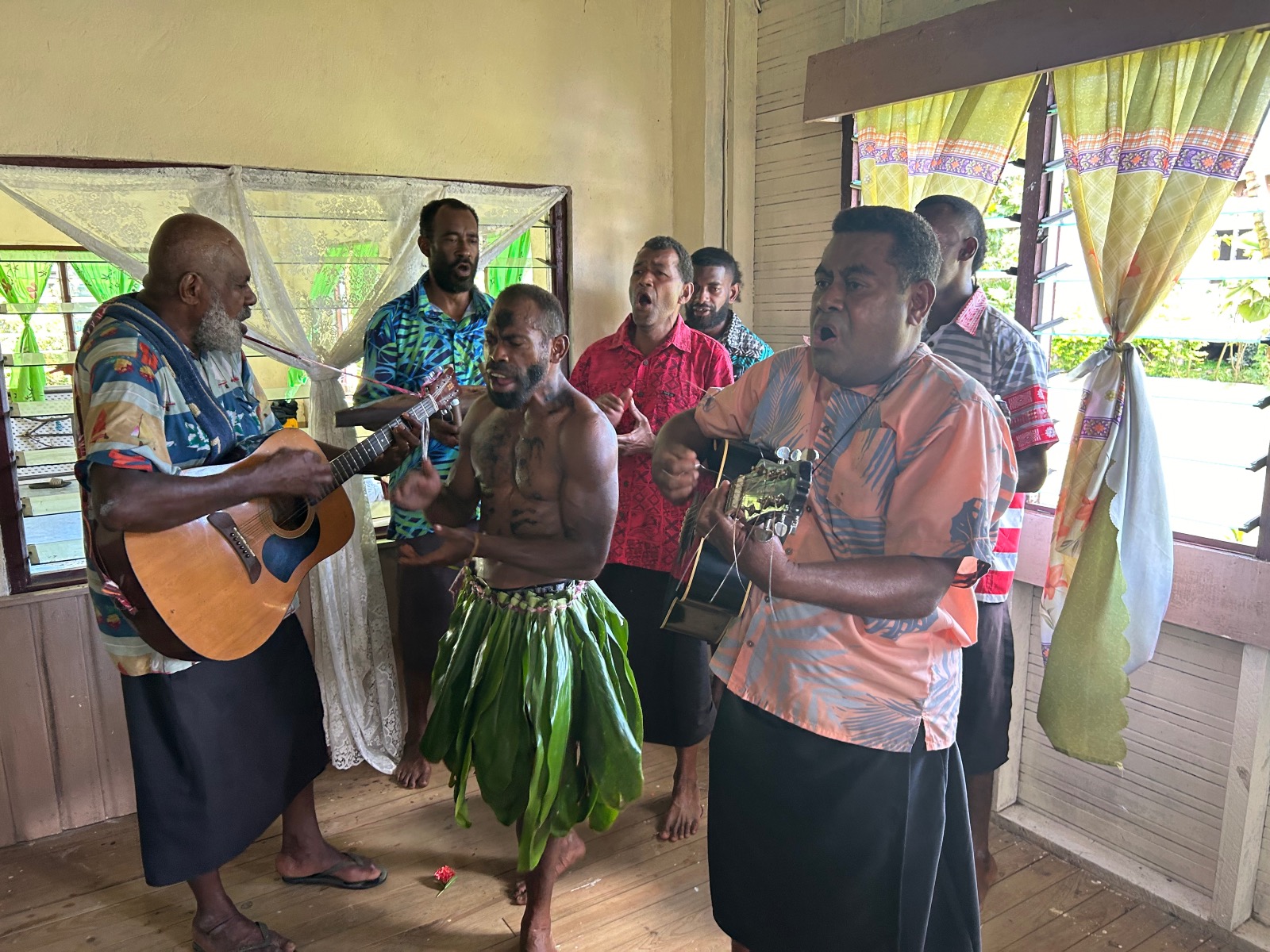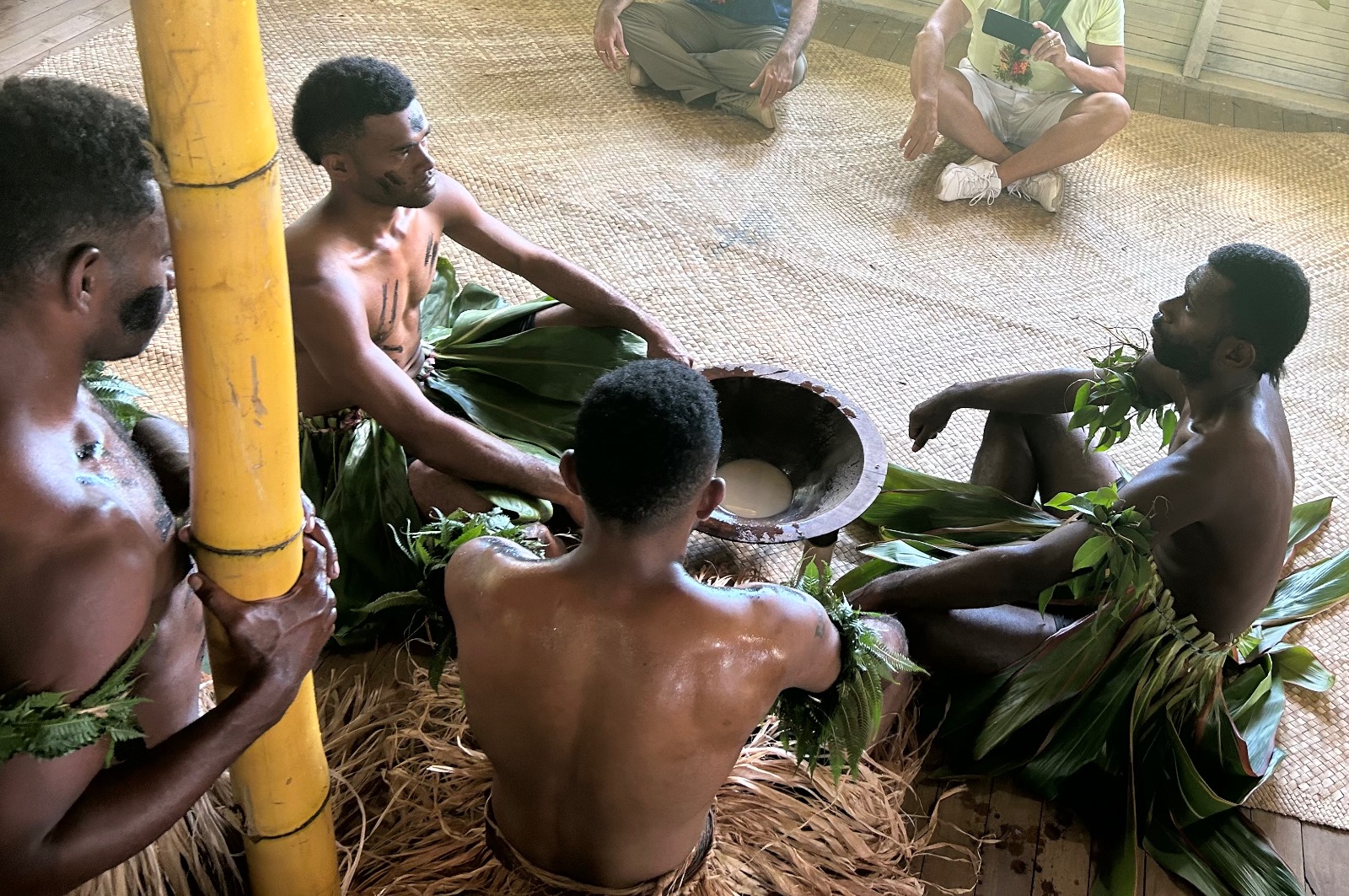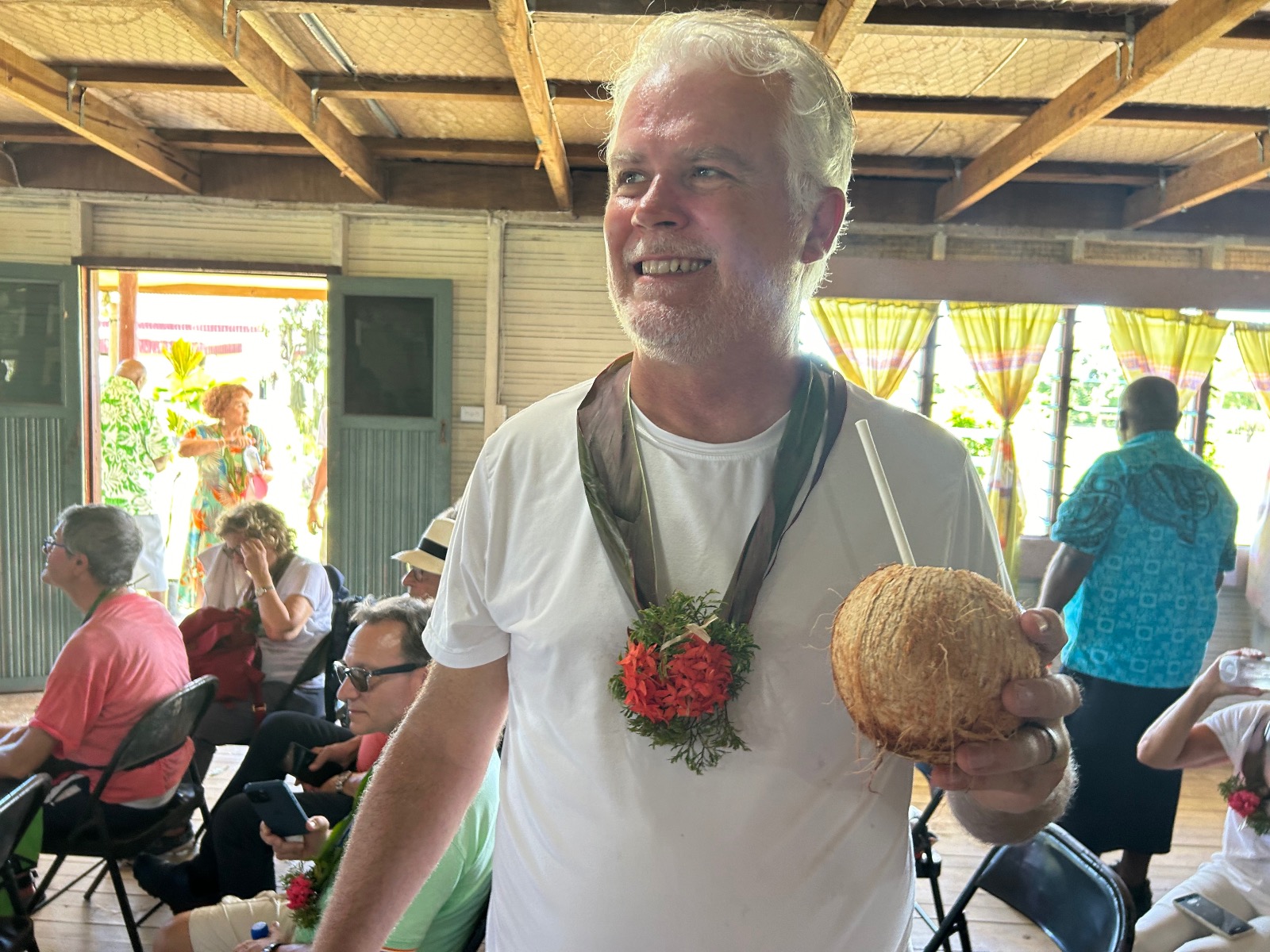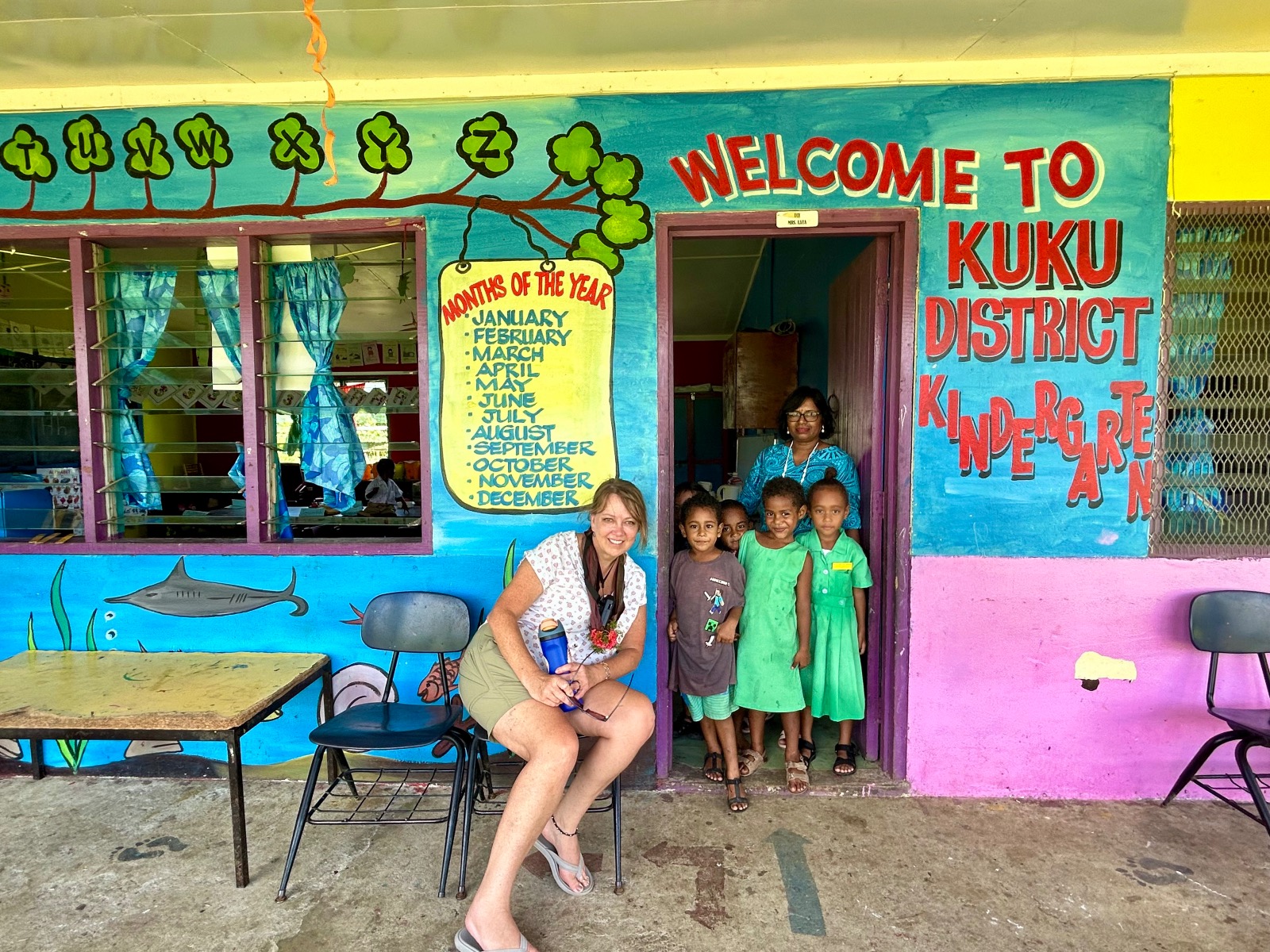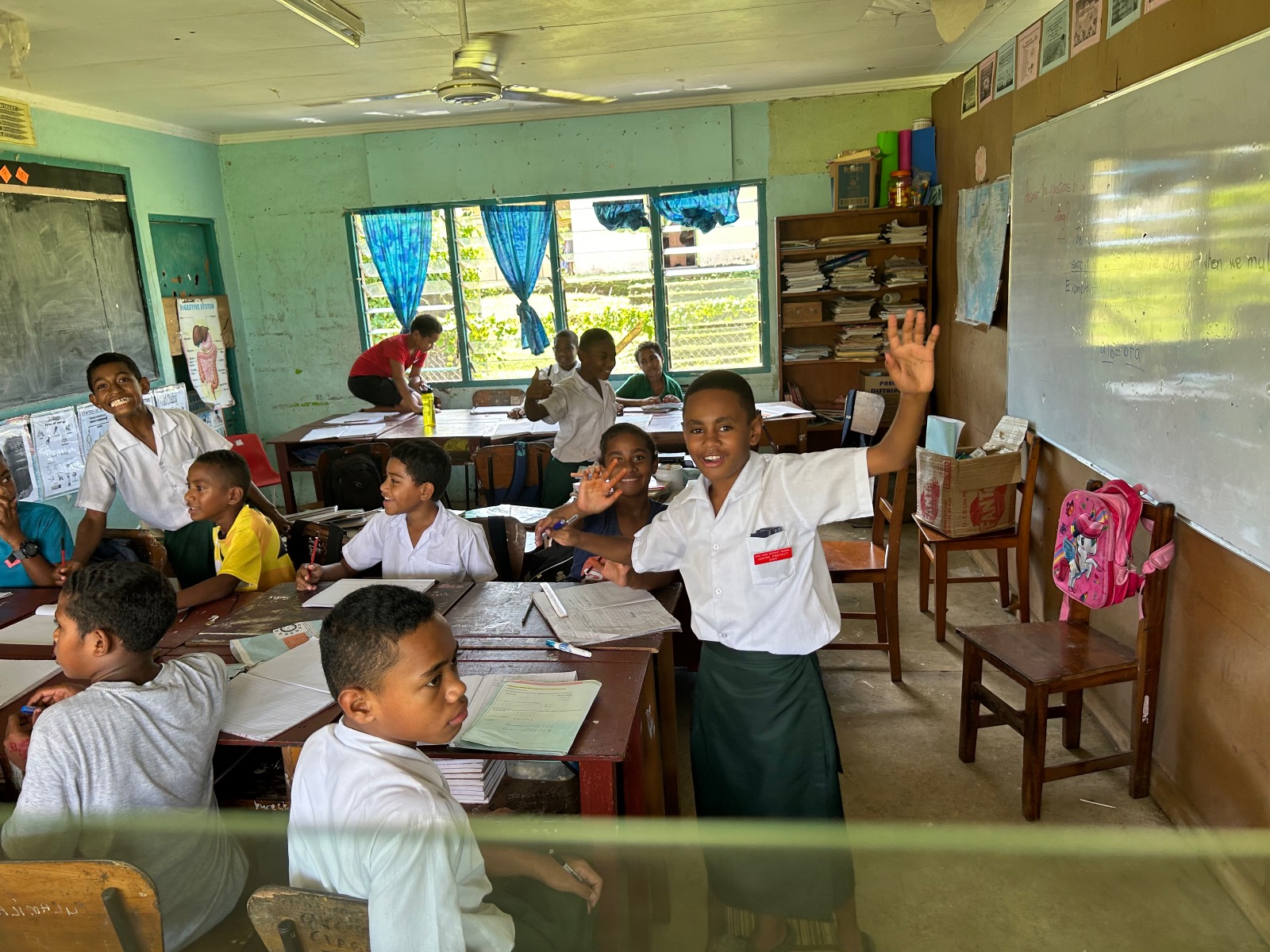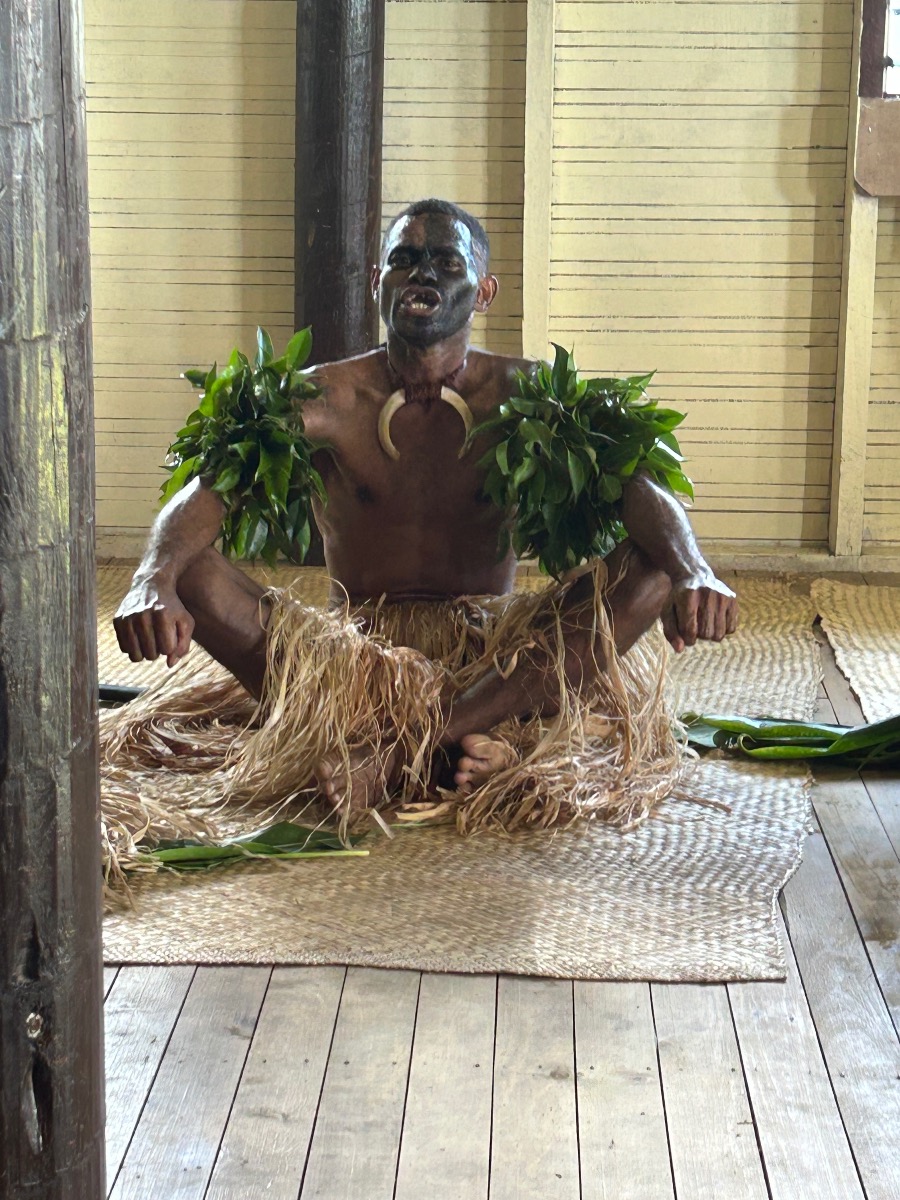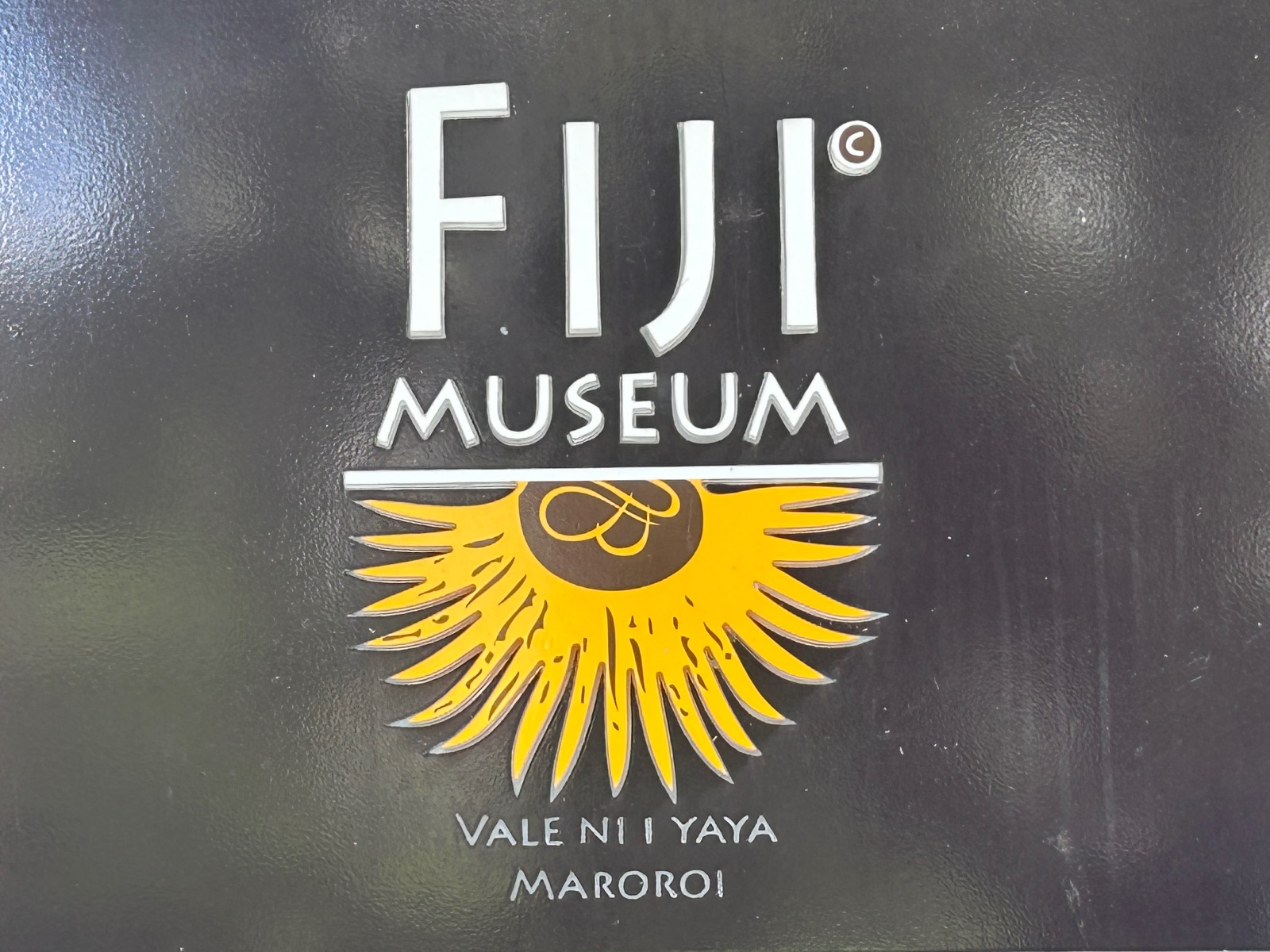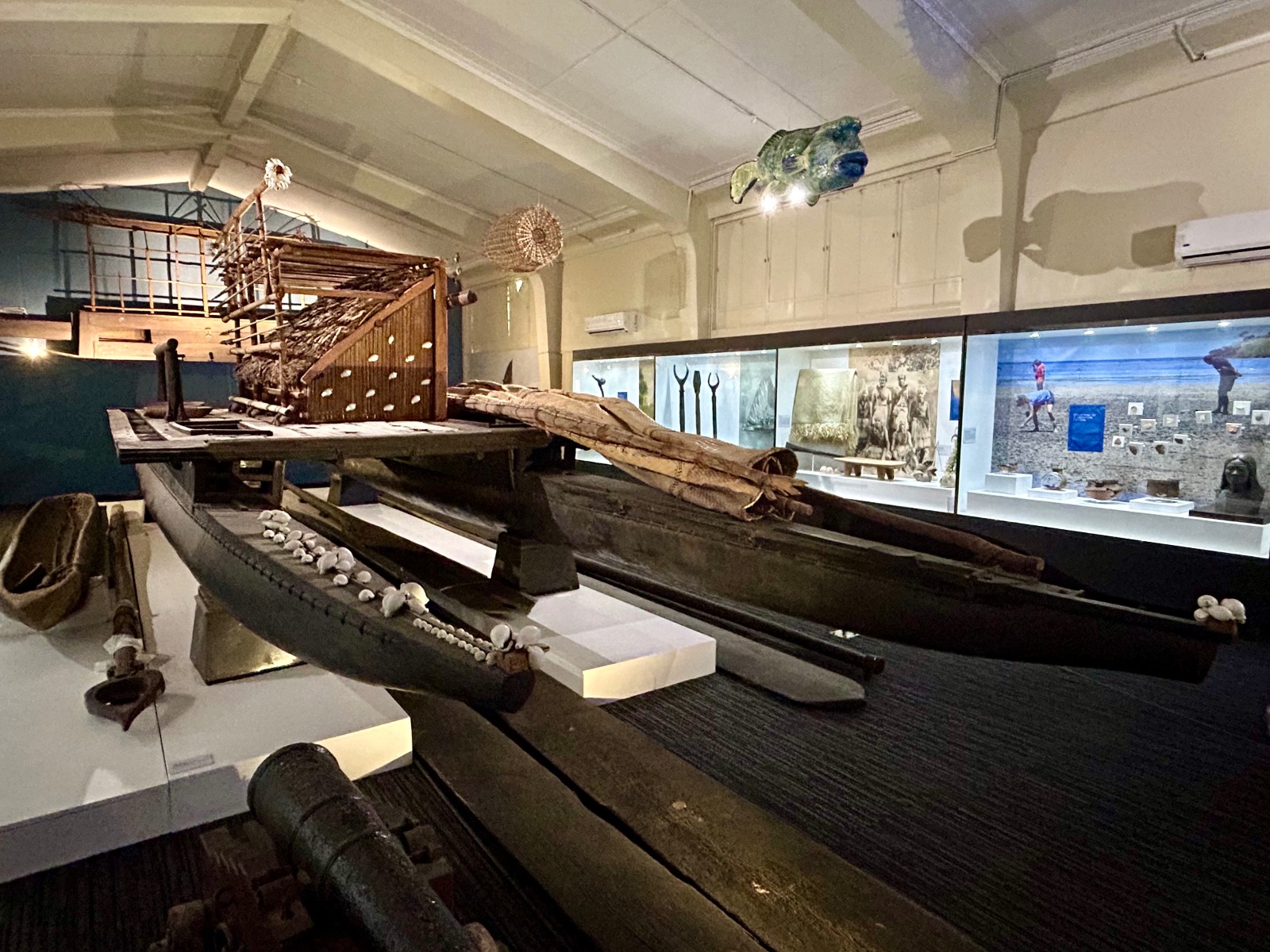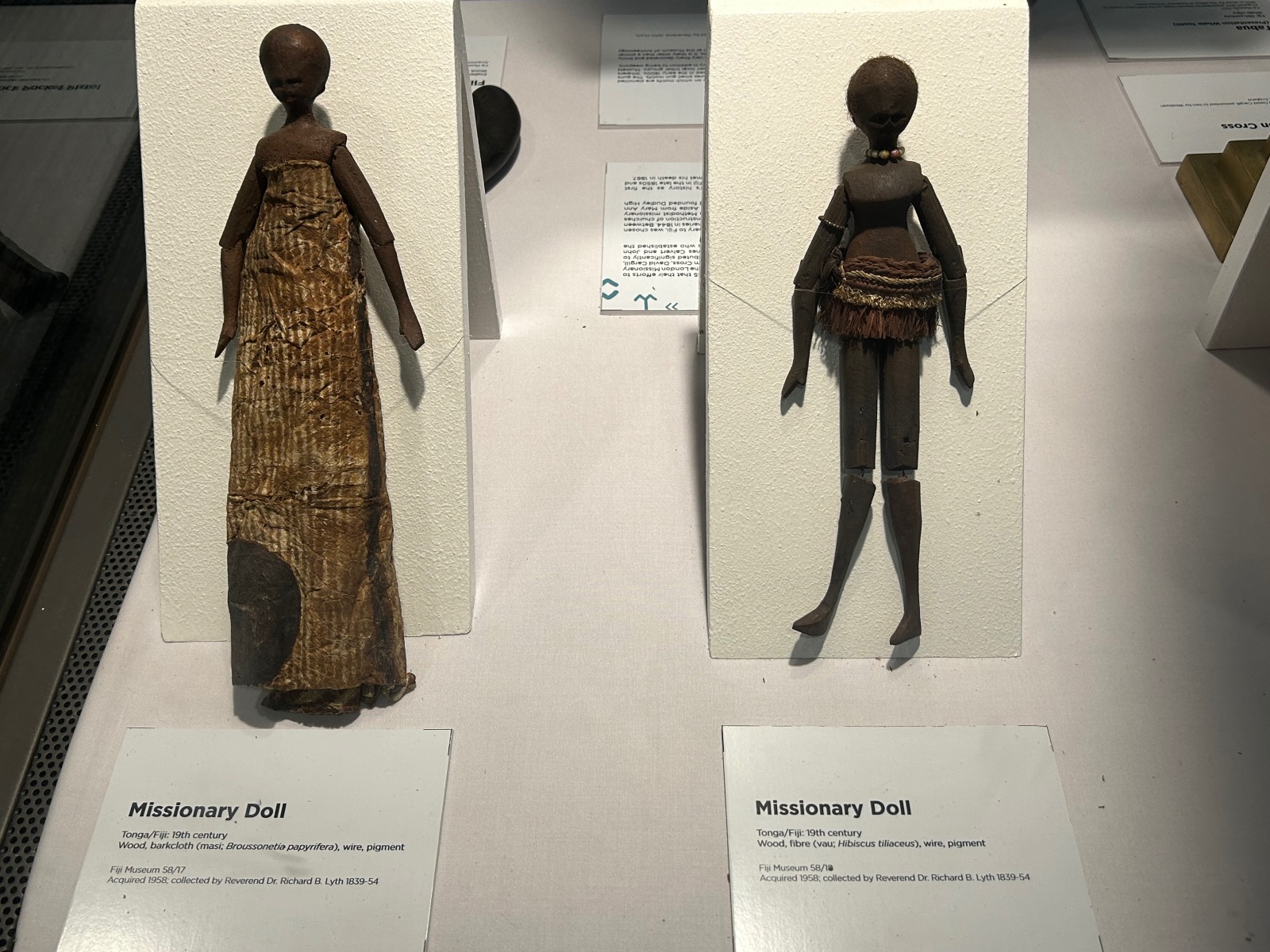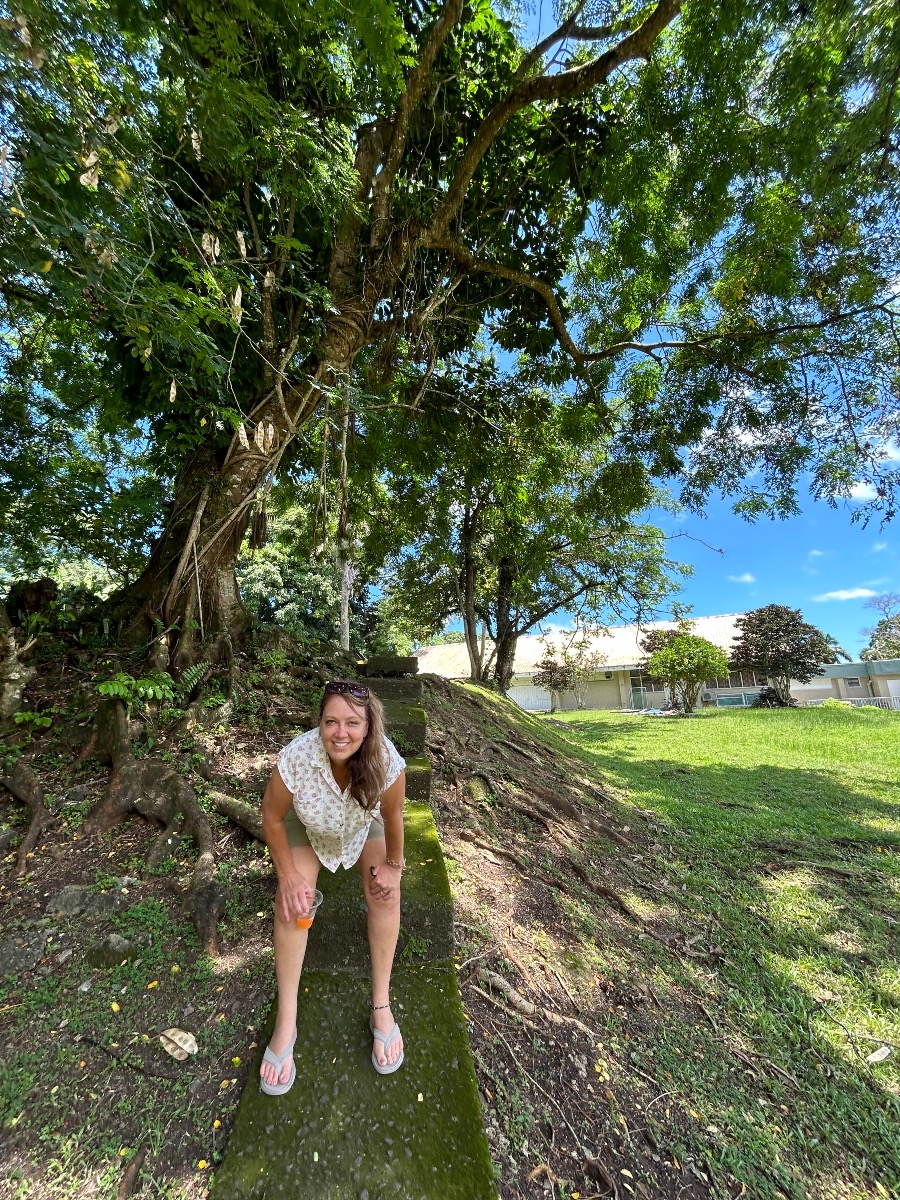We travelled through the city of Suva along Edinburgh Drive and passed through suburbs. There were majestic views of the port of Suva and Lathala bay.
On the way, we will glimpse the Fiji School of Medicine, Colo-I-Suva agricultural testing station and the fertile plains that lead to the town of Nausori.
When arrived at the village of Nadali, its friendly people were waiting to put garlands round our necks and welcome us in for a demostrarion.
Fijian warriors in traditional costumes met us and we joined the village chief as they prepare kava, the ceremonial drink that is popular in many of the islands in the Pacific, but which is particularly important in Fiji, so much so that it has become an integral part of social life here. The drink is extracted from the roots of a plant in the pepper family, which are ground and processed for hours in a ritual ceremony, then served in a coconut shell that is passed around in a circle. The Fijians also believe that it has magical powers.
We took a guided walking tour of the village which included a church and the tribe elementary school. The children were very excited to welcome us.
Finally, we attended a show with the warriors dancing. It was quite loud and aggressive and likely would scare other tribes in the old days.
We then followed Cunningham Road, passing Parliament House, the Pacific Islands Forum Secretariat building and the coast of Suva.
Our final stop was the Fiji Museum. Situated in the heart of Suva's botanical gardens, it boasts an outstanding collection of archaeological material dating back 3,700 years, as well as cultural findings relating to the indigenous people and other populations that have settled on the islands in the last hundred years. Highlights include the rudder of famous ship the HMS Bounty, and the boot of missionary Thomas Baker who was killed and eaten in 1867 by the cannibals that inhabited the island of Viti Levu at the time.
